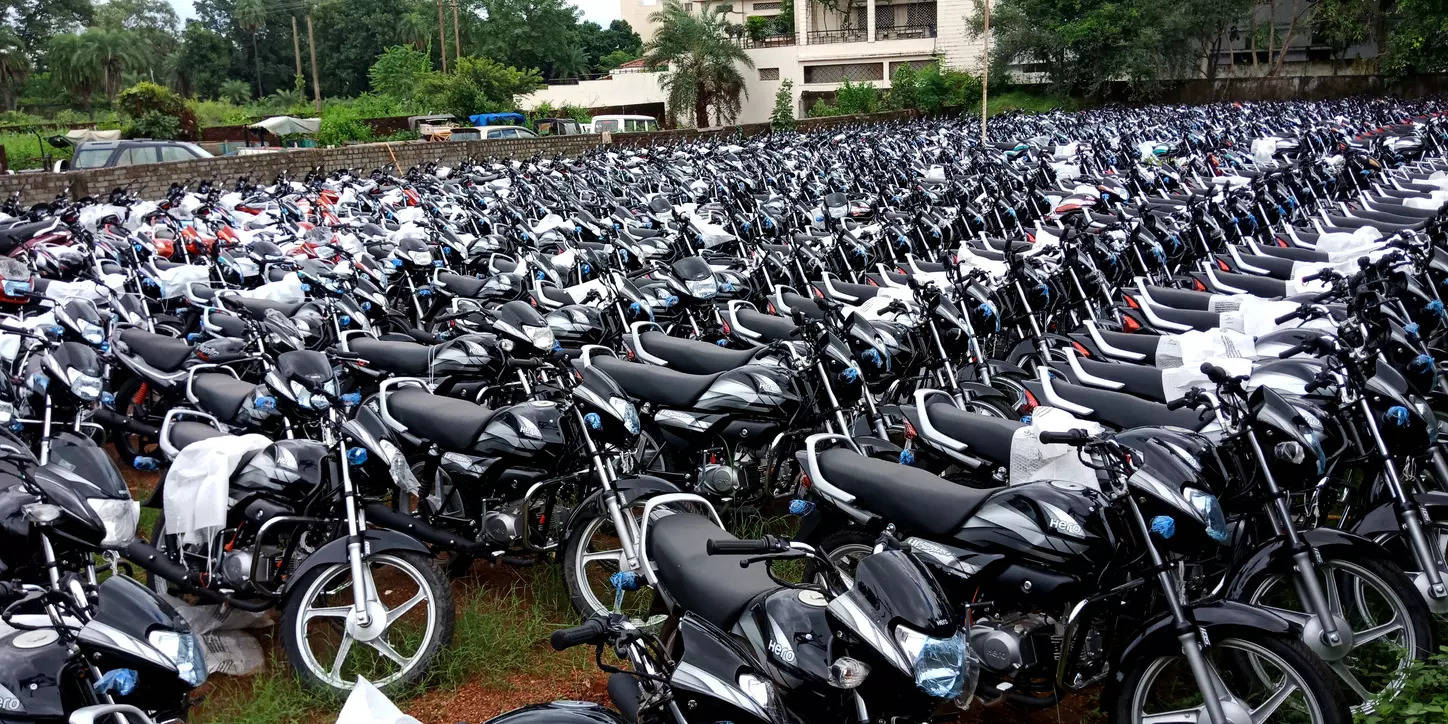1. Why are rural markets important for sales of two-wheeler makers?
Even today, despite a rise in the popularity of gearless scooters like the Honda Activa, motorcycles continue to dominate two-wheeler sales in India with a share of about 65%. More than half these motorcycles are sold in the rural markets, where consumers use them for daily commuting and for carrying out other economic activities.
2.What is driving the growth in two-wheeler sales in rural areas?
Pent-up demand, after consumers put off purchases the last few years, is leading to the spurt in demand. Also, inflation in rural areas has started moderating. The job market too has stabilised. Workers from rural areas are migrating back to cities and are sending back money to their families in villages. All these have resulted in an increase in disposable incomes among rural consumers and many of them are using the money to buy two-wheelers.
The government has also taken a slew of measures ahead of the general elections next year — 5 kg of free food grains will be doled out for another 5 years and LPG prices have been revised downwards, even as diesel prices have remained stable — to meet the basic necessities of families in rural areas. With essentials taken care of, consumers have now started making discretionary purchases. The paint and cement industry has already shown some recovery with people in rural markets mending and repairing their houses this festive season, indicating an overall improvement in the rural economy. This is reflected in two-wheeler demand as well.3.How has demand been for two-wheelers in rural markets this festive season?Market leader Hero MotoCorp, which has the widest primary as well as secondary distribution networks in small cities and towns, has seen rural sales grow 26% between Navratri and Bhai Dooj. In fact, most two-wheeler makers from Bajaj Auto to Honda Motorcycle & Scooter India and TVS Motor have started seeing strong sales after many months with customers in these markets coming forward to close purchases in October and November.
4.What is the outlook like for sales in rural markets?
Even though the main festive season drew to a close last month, demand momentum is expected to remain strong. The wedding season, which commenced on November 20, is supporting sales. Good realisation from the kharif harvest and high minimum support prices of crops will buoy demand in rural India, according to industry watchers.
5.What are sales now and what is the forecast?
The two-wheeler industry reported double-digit growth of 17% in FY23, on a low base: to 15.86 million units from 13.57 million units in the year before.
While sales already topped 10 million units in the first seven months (April-October) of the current fiscal year, senior industry executives said the turnaround in demand in rural markets will further lift volumes going ahead. Sales of motorcycles in the premium segment too are showing strong growth (twice the rate of the overall two-wheeler market), with young urban buyers purchasing those for leisure riding.
This fiscal year, two-wheeler sales are projected to close at around 18 million units. Based on the current momentum in the market, the industry is expected to regain the earlier peak (21 million units of FY19) in another two years.


